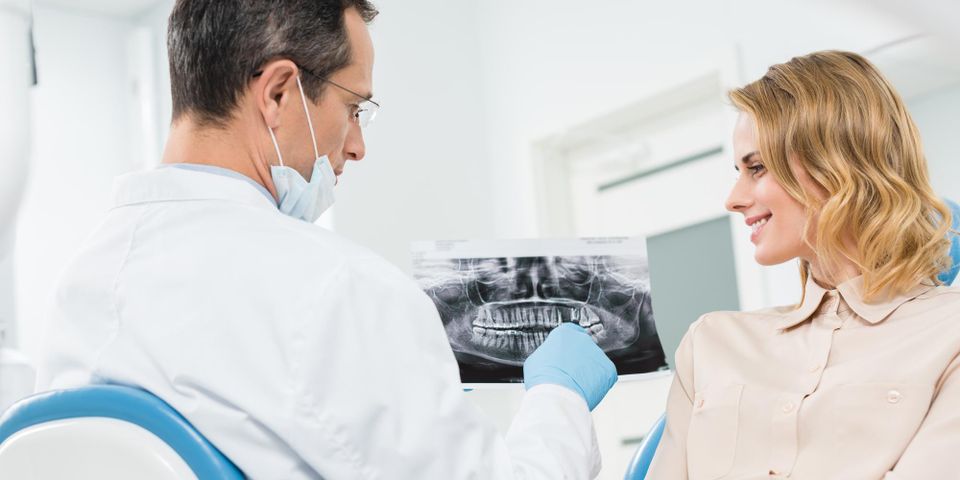
When someone experiences a severe burn, their skin might not be able to heal itself by patching and regrowing, as it does after a cut or scrape. If the damaged area is too large, they’ll need a skin graft to fill in the gaps and facilitate healing. In some cases, oral surgeons use a similar technique for facial bones. If you’re interested in learning more about bone grafting and when you might need this procedure, check out the guide below.
When Is Bone Grafting Needed?
While not as soft or malleable as skin, your bones are just as subject to change over time. Through the years, your body will get rid of old bone cells and replace them. This is what allows your bones to shift, such as when wearing braces.
If you lose a tooth, the jawbone beneath your gums will no longer have anything to cradle, and it will retreat back into itself, or “resorb.” As your jaw changes shape, so does your face, which can result in an asymmetrical look.
To combat this, oral surgeons often use bone grafting to regrow the jawbone or maxillary sinuses around teeth that are about to fall out. If a tooth was extracted due to severe decay, the surgeon may immediately fill the void with a graft to prevent jawbone deterioration.
 Once the jaw is strong and full, they can proceed with a dental implant. To complete the procedure, a metal post is screwed into the grafted jaw bone. Once the jaw has regrown around the post, a cap is placed on the post, which resembles a natural tooth.
Once the jaw is strong and full, they can proceed with a dental implant. To complete the procedure, a metal post is screwed into the grafted jaw bone. Once the jaw has regrown around the post, a cap is placed on the post, which resembles a natural tooth.
Bone grafts may also be used to repair the jawbone after a traumatic head injury, such as in a sports or car accident, or after surgery to remove a tumor or birth-related deformities. The jawbone is filled in, so the cheeks and chin don’t sag or recede.
How Does Bone Grafting Work?
Bone grafts are made of processed bone minerals, so the body will accept the addition and build off of it. They may come in a gel-like or powder form, which allows for easy molding. Often, the minerals are pulled from bones in your own body, such as from the tibia or hip.
To complete the procedure, an oral surgeon must open the gums and insert the graft with a syringe, then seal it with a collagen membrane.
If you’re interested in scheduling this procedure, turn to the Oral Surgery Associates of Alaska. This Anchorage-based office is led by two board-certified oral surgeons, Dr. William F. Bergeron, Jr. and Dr. Ray Holloway. Whether you need a dental implant or are recovering from a severe facial injury, you can rely on their skills to restore your smile and health. To learn more about their services, visit the website. You can also call (907) 561-1430 to schedule a consultation.
About the Business
Have a question? Ask the experts!
Send your question

